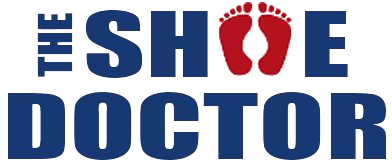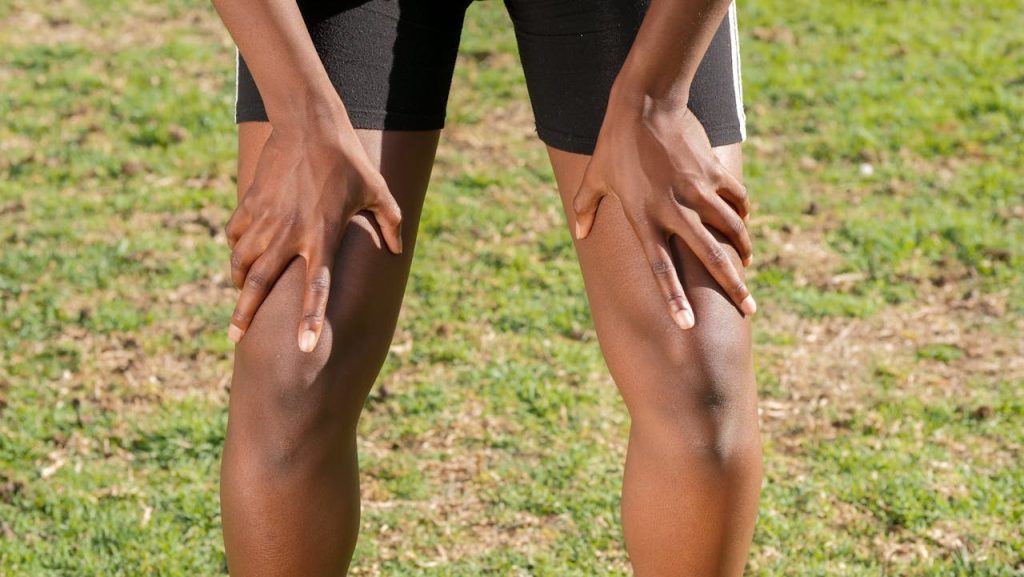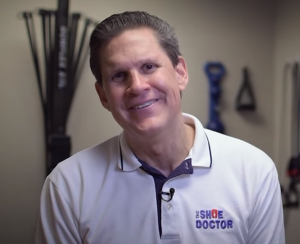Orthotics can help with lower back pain or sciatica by altering foot mechanics and providing additional support during standing or walking. Many individuals with back pain or sciatica improve with the use of foot orthotics. The point is to redistribute weight, which can reduce strain on the lower back. For individuals who stand a significant amount or have occupations that require frequent walking, orthotics could potentially alleviate pain and assist with balance. Doctors and PTs can recommend orthotics to individuals with foot pathologies that radiate pain to the back. In the full post, we’ll discuss how orthotics work, and who gets the most out of them.
Key Takeaways
- Knowing the connection between foot mechanics and spinal alignment is key, since inadequate foot support can be the culprit behind lower back pain and sciatica.
- Orthotics can help correct foot misalignments, absorb shock and improve overall posture, which can provide relief for those with back pain due to foot abnormalities.
- Whether you should get custom-fitted or over-the-counter orthotics depends on your specific needs and level of support required.
- While research shows orthotics can work for some patients, the results are mixed, so proceed with realistic, case-by-case expectations.
- Best practice usually involves a holistic treatment plan — combining orthotics with physical therapy, exercise, and lifestyle changes — for managing back pain and sciatica.
- Periodic review and modification of orthotic devices, in concert with a healthcare professional, are essential to maintain their efficacy and mitigate any possible drawbacks or discomfort.
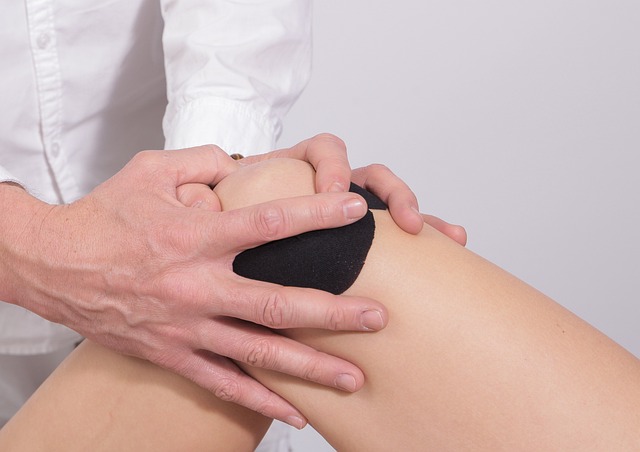
The Foot-Spine Connection
The foot-spine connection traverses a complicated maze of muscles, tendons and ligaments. When the feet shift or load, they cascade a reaction up the legs and into the back. Minor changes in foot mechanics can alter the way the spine aligns, potentially causing pain if unchecked. For most, bad shoes or weak arches set this in motion, causing back pain or sciatica to become more probable. Custom orthotics, which can correct foot pronation and offer permanent arch support, are frequently prescribed. Although additional research is necessary, existing studies indicate a significant connection between foot mechanics and lower back pain.
Your Kinetic Chain
All the joints and muscles of the body function as a kinetic chain. When you walk or stand, your feet determine the movement of your knees, hips and spine. For example, if your foot rolls inward too much – a condition known as overpronation – it can twist the leg and yank the pelvis out of alignment. This can make the muscles along the spine work harder, occasionally causing muscle fatigue or soreness. Bad foot support, like flats, can only aggravate these issues by throwing the body out of alignment.
Standing on two feet in an evenly supported posture keeps the spine in neutral. This reduces the possibility of persistent pain. Even tiny discrepancies–like uneven legs–can add stress to the back. A high percentage of back pain sufferers exhibited indications of anomalous foot function, which underscores the significance of looking after your feet.
Pain Pathways
Pain signals frequently make their way down nerve pathways that link the feet to the spine. When foot pain begins, the nervous system can refer to surrounding locations, leading to symptoms of lower back referred pain. The processes involved in pain perception are:
- Nerve endings in the foot detect injury or stress.
- Signals travel up the nerves to the spinal cord.
- The brain receives and interprets these signals as pain.
- Nearby muscles might tighten up, leading to even more pain.
Back Pain vs. Sciatica
General back pain and sciatica are a different beast. Back pain tends to linger in the lower back and can be either dull or sharp. Sciatica is characterized by pain that begins in the lower back and radiates down one leg. It can create numbness or tingling. Both can be precipitated by foot issues, but sciatica tends to indicate nerve inflammation or compression. They can share causes and symptoms, which is why accurate diagnosis is key to locating the optimal treatment.
Choosing Your Orthotic
Trust me, this is not about choosing an insole off a shelf. Whether you struggle with low back pain, sciatica, or just plain old foot pain, knowing your options and what factors are at work is paramount. Some orthotics are specifically made to fit your feet only, while others are premade. Physicians and physical therapists occasionally recommend orthotics for painful or dysfunctional ambulation. The right choice for you can depend on your foot shape, health needs, and material preferences.
Custom-Fitted
Custom-fitted orthotics are made specifically for your feet, molded to the precise contours of their shape and mechanics. A foot doctor (podiatrist) studies your stride, foot architecture, and pressure points. This procedure can detect underlying issues such as pronation or arch collapse that standard insoles overlook. Specifically, these custom devices can aim pain coming from conditions such as plantar fasciitis, bunions, or nerve impingement that’s exacerbating your sciatica.
Professional assessment means the orthotic is designed only for you. This often leads to better outcomes if you have complex pain or several medical conditions. It lets you avoid common problems with mass-produced insoles, such as poor fit or lack of support. Most people who use custom orthotics as instructed report better comfort and pain relief.
Feature | Custom-Fitted | Over-the-Counter |
Fit | Personalized | Generic |
Cost | High | Low to moderate |
Effectiveness for complex issues | High | Variable |
Professional assessment required | Yes | No |
Durability | High | Moderate |
Custom orthotics can be updated as your needs evolve. They can treat issues such as leg length discrepancy or calcaneal tilt, which can impact the lower back.
Over-the-Counter
Premade orthotics, available at pharmacies and sports stores, are less expensive and more convenient to obtain. Most of these insoles provide additional cushioning or arch support. Gel inserts, foam pads and hard plastic supports are common.
They are effective for mild pain or temporary aches, particularly in individuals without significant foot deformity. Find features that suit your primary issue, such as additional heel cushioning for heel pain or arch support for flat feet. If your pain is light, or if you need temporary assistance, these insoles should suffice. For chronic or debilitating pain, the jury is still out, and bespoke options are perhaps superior.
Material Matters
Orthotics are fashioned from a variety of materials—rigid plastic, soft foam, gel, or carbon fiber. Each possesses varying shock absorption, flexibility, and durability. Softer insoles can protect the foot and alleviate pain from hours on your feet, but they tend to deteriorate quicker. Stiffer materials maintain shape more effectively and provide greater control, which can assist with specific gait issues. Newer materials, such as smart foams and memory gels, strike a balance of comfort and support for most consumers. Comfort & Support – The best material for your orthotics depends on your activity level, weight, and support needs.
The Evidence for Orthotics
Orthotics have been used for lower back pain and sciatica for many years, but the research evidence is equivocal. Studies explore the stabilization of the spine and pain reduction by orthoses, though results may vary based on patient characteristics and pain sources.
Clinical Studies
Clinical research suggests orthotics do have tangible advantages, albeit inconsistently. In a randomized trial, 80% of those in the orthotic insole group used their insoles regularly and reported lower pain scores than the control group. Again, this study demonstrated a dramatic pain reduction in the “off-training” group, where orthoses were worn during rest periods, vs. Those who did not.
Study Reference | Sample Size | Key Outcome | Compliance Rate |
Insole Effectiveness Study | 100 | 80% used insoles, pain scores dropped | 78% |
Off-Training Pain Study | 60 | Pain intensity fell in orthotic group | 62% |
Chronic Pain Syndrome Trial | 75 | Reduced pain, especially in instability | 70% |
Most trials are randomized controlled designs and standardized pain scales, with follow-up periods ranging from a few weeks to 6 months. Trends indicate orthotics work better when customized to patient requirements, such as in instances of instability syndromes or recurring pain. The evidence indicates that innovation should be directed toward custom-fit devices and defined usage protocols.
Patient Populations
Different populations respond differently to orthotics. Younger adults with acute low back pain might not respond as well as older patients with chronic, recurrent pain. Those with uncomplicated pain syndromes or vertebral instability, especially at L2-S1 or L1-S1, fare best. For sciatica patients, orthoses which stabilize the lumbar segments can diminish pain during flare-ups.
Chronic back pain or instability syndromes might require very specific orthotic support, which is then modified as the condition improves. The concept is to begin with as much support as possible and then wean it down as patient function returns. Case studies detail triumph in custom orthoses for athletes and office workers alike, particularly when combined with other treatments.
Common Misconceptions
A lot of people think orthotics promise immediate relief for any sort of back pain, but this isn’t true according to the research. Another myth is that only custom orthotics work, but off-the-shelf models can benefit some patients. Some believe orthotics should be worn all the time, but in fact tapering off is usually advised as symptoms abate.
Compliance is less than perfect, with studies demonstrating rates anywhere from 62% to 78%, lower than most would anticipate. There are boundaries as well—orthoses could be inappropriate for individuals with skin complications, nerve complications or cardiac/respiratory concerns. The true advantage of orthotics isn’t as great as the hype, for certain individuals, they provide a legitimate alternative to pills, particularly considering the weak evidence of drugs like NSAIDs for chronic low back pain.
A Holistic Treatment Approach
A holistic treatment approach looks at the whole person – not just the pain in one area. The goal with this approach is to treat the underlying cause and uncover a long-term solution, not just mask symptoms. Orthotics can help but real relief often comes from pairing them with other therapies and making crucial lifestyle changes.
Combining Therapies
As such, a cocktail treatment approach often provides the best outcome for lumbar or sciatica pain. Orthotics do support the foot and straighten out problems such as pronation, but their real impact is when they’re combined with other therapies. Physical therapy is a mainstay—specific exercises can enhance posture, back and leg muscle strength, and flexibility. Together with orthotics, these programs help to realign the body and decrease stress on the spine.
Massage and acupuncture are options that can aid healing. Massage still helps with muscle tension and blood flow. Acupuncture, employed in numerous nations, seeks to relieve discomfort through nerve and tissue activation. If posture, leg length discrepancy or arch support is lacking, treat it with custom orthotics, but combine these supportive therapies to provide a many layered shield to protect you from pain.
- Physical therapy and exercise programs
- Massage therapy
- Acupuncture
- Patient education on footwear and posture
- Stress management and mindfulness practices
A holistic treatment approach, involving exercise, manual therapies and education, tends to produce superior, longer lasting results than relying on orthotics exclusively.
Measuring Progress
Keeping track of your progress helps make sure the therapies you’ve selected are effective. Pain, ROM and gait are nice markers to keep an eye on. Periodic visits with your doctor can monitor whether your orthotics fit well and your treatment remains optimal.
Others utilize gait analysis, or posture photos to detect changes. Some track with a pain daily journal or mobility tests. These tools assist both patient and provider to understand whether things are progressing in the right direction. You can always tweak, keeping the treatment on target.
Potential Drawbacks
Orthotics are not a magic bullet. Badly fitted appliances can create new pain or exacerbate symptoms. Others will find little relief if their back pain derives from non-biomechanical problems.
Regular checkups are key. As the body changes, so too do orthotics need to be adjusted. Chronic pain, of longer than three months, might require a more holistic treatment approach. It is to understand when orthotics alone are not enough and when to look elsewhere.
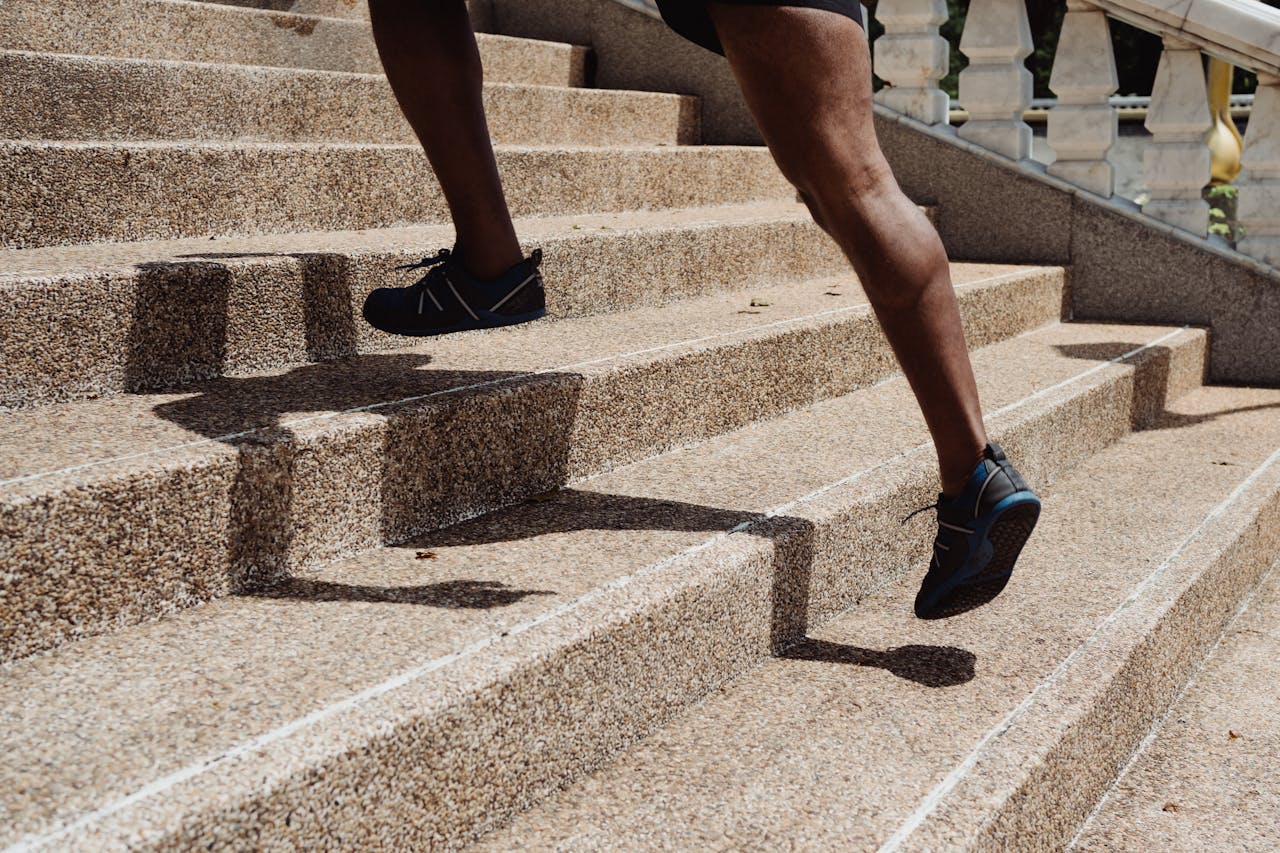
Is This Solution for You?
Orthotics for low back pain or sciatica and the like, not everyone will respond in the same way. The kind of pain, your foot structure and even your choice in shoes can all vary the amount orthotics provide relief. Custom-made orthotics typically outperform generic insoles, as they are tailored to your foot’s specific contour and support requirements. The majority of us wear shoes that lack proper arch support, resulting in pain both in the feet and lower back. Orthotics can be addressed by fixing foot pronation/flattening, a common culprit in back pain. It’s hit or miss. Less pain for some, no difference for others. For folks who’ve never used orthotics or have some medical conditions, these might not be the best fit. The jury is still out on how effective orthotics are at preventing or resolving musculoskeletal conditions.
Professional Assessment
Getting a professional evaluation is the first step before using orthotics. Podiatrists and orthopedic specialists are the main experts who check and prescribe orthotic devices. They will look at your foot shape, walking style, and how your body moves. Expect a detailed exam that may include checking the alignment of your legs, hips, and spine. The specialist might ask you to walk so they can watch your posture and foot strike. This is to make sure you get the right kind of support. Accurate diagnosis matters—a wrong fit can make pain worse. Custom orthotics can help with specific foot problems, but generic insoles often do not offer enough support.
Key questions to ask your provider:
- What type of orthotic is best for my condition?
- How will this change my daily routine?
- Are there any dangers or side effects I need to be aware of?
- Well what’s it like, comfort and all – does it take some getting used to.
- How long should I use orthotics before noticing results?
- Is follow-up needed to check fit or performance?
Gait Analysis
Gait analysis reveals how you walk and can identify issues that might cause pain. Podiatrists utilize this exam to determine whether your feet pronate excessively or whether your gait is irregular. This info aids in crafting orthotics that correspond to your actual requirements. Certain clinics utilize pressure mats or motion cameras to capture your walk in detail. Little shifts in where your foot strikes or pushes off could be the difference between hurting and feeling better.
Posture Evaluation
Evaluating posture means checking how your whole body lines up, not just your feet. Bad posture can make back pain or sciatica worse. Simple checks, like looking at your shoulders, hips, and spine, help spot where things are off. Orthotics can sometimes fix these issues by changing how you stand or walk. Good posture supports the spine and may lower pain over time.
Conclusion
Therefore orthotics provide genuine assistance for people with lower back pain or sciatica. They support feet, align the body, and remove stress. Others experience less pain within a few weeks. Others require a little more time. The science supports use for many, but not all. It’s all about good fit, so collaborate with a foot care pro. Top it with exercise, weight control and regular adjustments for optimal results. Orthotics work for some not for others. Listen to your own body. For additional advice or anecdotes, visit the blog or post your journey. Be inquisitive, continue to be the student, do what fits you.
Frequently Asked Questions
1. Can orthotics help relieve lower back pain?
Yes, orthotics can help relieve lower back pain for certain individuals. They correct foot alignment, which can ease pressure on the lower back and promote good posture.
2. Are orthotics effective for sciatica?
So orthotics can help with sciatica caused by poor foot alignment. They provide foot support and help alleviate lower back pressure, which can in turn help relieve sciatic nerve pain.
3. How do orthotics work to reduce back pain?
Orthotics support the feet, realign and evenly distribute weight. This can alleviate lower back strain and aid in pain relief by adjusting posture and motion.
4. What type of orthotic is best for back pain?
Custom orthotics for your feet tend to work best for back pain). A professional can suggest the right type based on your needs and foot structure.
5. Is there scientific evidence supporting orthotics for back pain?
Research on this is mixed. Certain studies find orthotics to be beneficial in case of back pain but others don’t. Outcomes tend to vary based on the source of the pain and the person.
6. Can I use store-bought orthotics for lower back pain?
Store bought orthotics can be beneficial for slight pain. Custom orthotics do provide more support and are the way to go for chronic or serious back pain.
7. Should I see a doctor before trying orthotics for back pain?
Of course, see a doctor! They can diagnose the origin of your pain and suggest the appropriate orthotic or other treatments.
Struggling With Back or Knee Pain? Find Real Relief With Custom Orthotics From The Shoe Doctor
If everyday movements leave you dealing with nagging back pain or aching knees, your feet may be part of the problem. Misalignment in your foundation can place extra stress on joints and muscles higher up in your body. At The Shoe Doctor, our custom orthotics are designed to correct that imbalance, reduce pressure, and restore comfort so you can move freely again.
With over 20 years of experience, Russell uses advanced 3D foot-mapping technology to create orthotics tailored to your exact foot shape and movement. These orthotics do more than add cushioning—they improve alignment, support your stride, and help prevent pain from coming back. Through our partnership with the Spine & Injury Medical Center in San Jose, we also make sure your whole-body mechanics are addressed for lasting relief.
If you’re in the South Bay Area, schedule your free consultation today. Let The Shoe Doctor help you move pain-free and reclaim your day, starting from the ground up.
Disclaimer
The materials available on this website are for informational and entertainment purposes only and are not intended to provide medical advice. You should contact your doctor for advice concerning any particular issue or problem. You should not act or refrain from acting based on any content included in this site without seeking medical or other professional advice. The information presented on this website may not reflect the most current medical developments. No action should be taken in reliance on the information contained on this website, and we disclaim all liability for actions taken or not taken based on any or all of the contents of this site to the fullest extent permitted by law.
